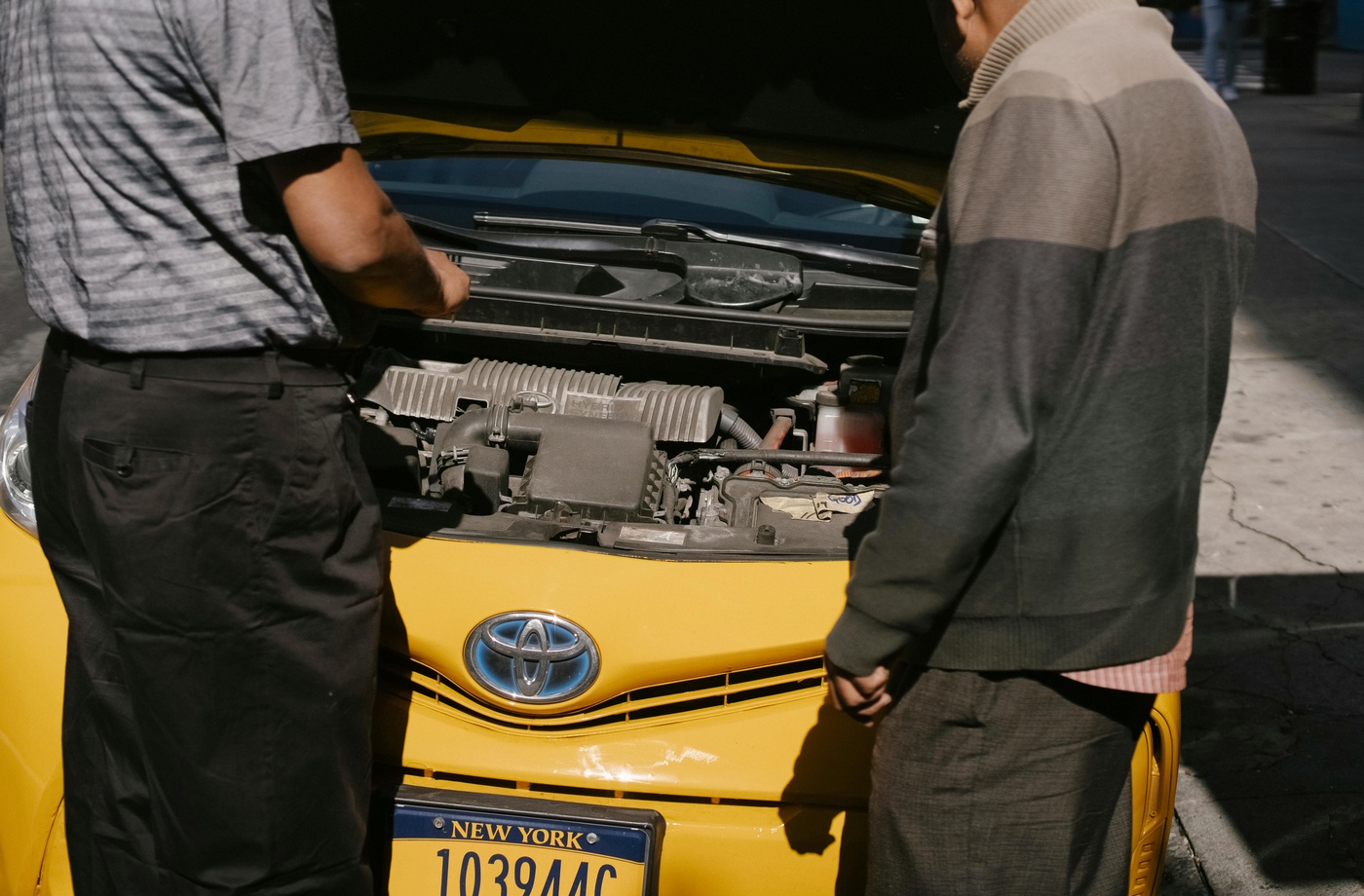While taxi meters are standard in most U.S. cities, there are still times and places where negotiating your fare makes sense—or is even expected. Knowing when you have room to talk price, and when you don’t, can help you avoid overpaying and make smarter travel decisions, especially when traveling internationally or in areas with limited transportation options.
When You Can Negotiate a Taxi Fare
- In Cities Without Regulated Meters
In some U.S. regions—especially rural towns or smaller tourist areas—cabs may operate without digital meters. In these cases, drivers often quote prices based on the route or demand. If a fare isn’t metered, you should always negotiate before you get in the vehicle.
How to handle it:
- Ask, “How much to [destination]?”
- If it feels high, counter with a reasonable offer.
- Check Google Maps or TaxiFareFinder to estimate the true distance and expected cost.
- For Flat-Rate, Long-Distance, or Out-of-Town Rides
If you’re booking a ride that’s unusually long (e.g., to a neighboring town or city), some taxi drivers are willing to offer a fixed price that’s better than what the meter would total. This is especially useful when traveling from airports or major transit hubs where pricing can fluctuate with traffic.
- In International Destinations Where Negotiation Is Standard
Outside the U.S., negotiating taxi fares is often expected—especially in parts of Asia, the Middle East, Latin America, and Eastern Europe. In many of these places, you won’t find meters, and the first price quoted is typically inflated for tourists.
Before agreeing, it helps to:
- Look up sample fares using Rome2Rio, Google Maps, or Moovit
- Politely decline inflated quotes and try walking away to prompt a better offer
- When Using a Taxi for an Extended Hourly Hire
If you’re hiring a taxi for multiple stops or for several hours—say, to visit sites in a region or for a day trip—you should negotiate an hourly or package rate up front. Drivers often appreciate the guaranteed fare and are more willing to strike a deal for long blocks of time.
When You Shouldn’t Try to Negotiate
- In Metered Cities with Regulated Pricing
In most major U.S. cities like New York, Chicago, San Francisco, and Boston, taxi fares are set by the city and monitored by transportation authorities. Attempting to negotiate a fare here won’t get you a discount—it may just lead to confusion or refusal.
- At Airport Taxi Queues or Official Dispatch Lines
Airport taxis often operate under flat rate or regulated fare structures. Prices are pre-set and published, leaving little to no room for negotiation. Attempting to bargain here can create delays or frustration.
- When You’ve Already Started the Ride
Once the meter’s running or you’re already en route, it’s too late to negotiate. If you feel the fare is too high, your only real option is to:
- Track the route using Waze or Google Maps
- Request a printed or digital receipt
- File a fare complaint later through your local taxi authority or FTC’s Consumer Protection Bureau
- With Digital or App-Based Taxi Services
Services like Uber and Lyft set prices in advance through their apps. If you’re using a local taxi company that has its own mobile app or connects to rideshare systems, the fare is likely fixed. However, you can still earn cashback by using digital gift cards or virtual cards to pay.
Try:
Buy gift cards on demand through Fluz and use them through your digital wallet or within the transportation app for quick and secure checkout.
Final Tip: When in Doubt, Walk Away
If a fare seems unreasonable or a driver refuses to clarify pricing, it’s perfectly okay to walk away and find another taxi. Negotiation should be respectful, informed, and based on realistic expectations. Use fare estimation tools ahead of time so you know what a fair price should look like—before you ever get in the car.



